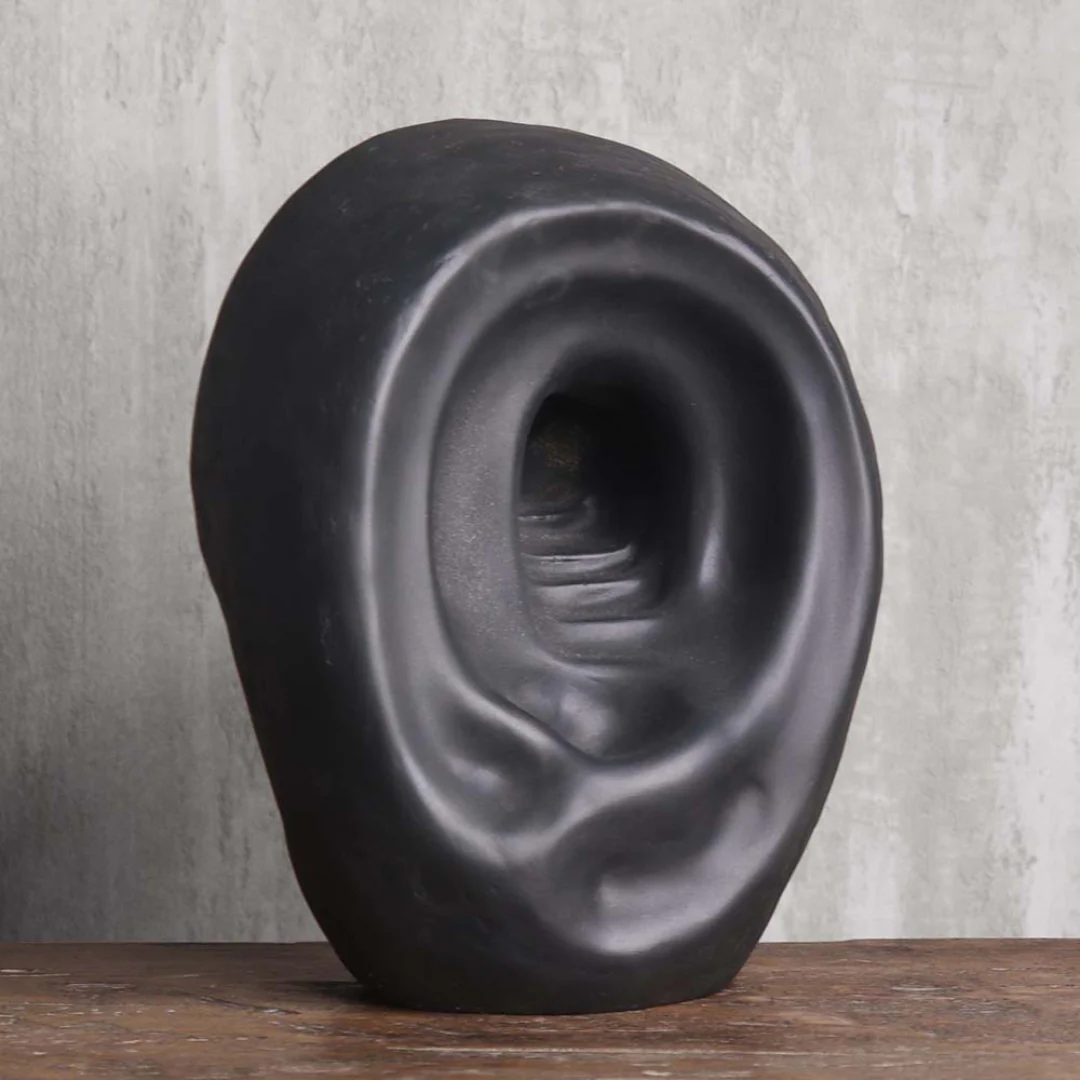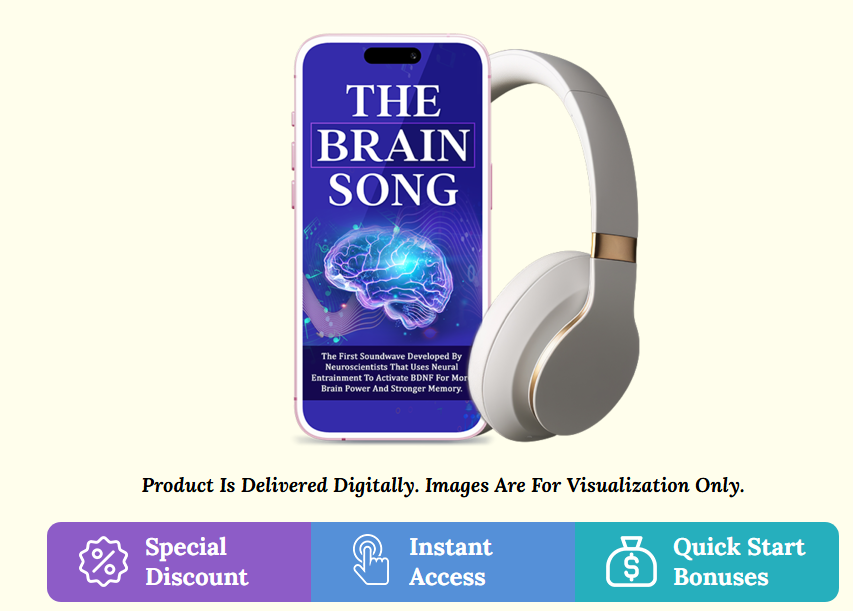Abstract Sculpture: The Art of Emotion and Form

Strong 8k brings an ultra-HD IPTV experience to your living room and your pocket.
Abstract Sculpture is a captivating form of artistic expression that transcends the boundaries of traditional representation. Instead of replicating real-world objects or figures, abstract sculpture focuses on conveying emotions, ideas, and concepts through shapes, textures, and materials. It invites viewers to interpret the artwork through their own lens, offering a unique and often deeply personal experience.
What is Abstract Sculpture?
Abstract sculpture is a three-dimensional art form that does not aim to represent recognizable objects or subjects from the real world. Unlike classical sculptures that depict human figures, animals, or everyday scenes, abstract sculptures rely on non-literal forms—geometric shapes, fluid curves, sharp angles, and layered textures—to evoke emotion and provoke thought.
Artists working in this style often manipulate a variety of materials such as metal, stone, wood, glass, and even modern composites to create pieces that challenge the viewer’s imagination. The goal is not to show something "real" but to inspire a reaction or interpretation.
A Brief History of Abstract Sculpture
The origins of abstract sculpture trace back to the early 20th century when artists began to rebel against the rigid standards of traditional art. Influenced by movements like Cubism and Futurism, pioneers such as Constantin Brâncuși, Pablo Picasso, and Naum Gabo started experimenting with simplified forms and innovative materials.
By the mid-20th century, abstract sculpture had become a prominent force in the art world. Artists like Henry Moore and Barbara Hepworth gained international recognition for their organic, flowing forms that combined simplicity with emotional depth. Today, abstract sculpture continues to evolve, embracing new technologies and ideas that push the limits of creativity.
Key Characteristics of Abstract Sculpture
• Non-Representational Forms: Abstract sculptures move away from realistic depictions and instead focus on shapes, lines, and forms.
• Material Exploration: Artists often highlight the properties of materials themselves—whether it’s the sheen of polished metal, the grain of carved wood, or the translucence of glass.
• Emotional Resonance: Rather than telling a clear story, abstract sculptures aim to evoke feelings or states of mind.
• Open Interpretation: Viewers are encouraged to bring their own experiences and emotions to the artwork, creating a deeply personal connection.
The Role of Abstract Sculpture in Modern Spaces
In today’s world, abstract sculptures play a vital role in both public and private spaces. In urban settings, large-scale installations in parks, plazas, and building entrances add cultural value and aesthetic appeal. They often serve as landmarks or conversation starters.
In interior design, smaller abstract sculptures are used to add sophistication and artistic flair to homes, offices, and galleries. They complement modern, minimalist, and eclectic styles, offering visual interest without overwhelming the space.
Moreover, abstract sculptures are a popular choice for collectors who appreciate their timeless quality and the freedom they offer in interpretation.
Famous Examples of Abstract Sculpture
• Bird in Space by Constantin Brâncuși
• Reclining Figure series by Henry Moore
• Cloud Gate by Anish Kapoor
• Lobster Trap and Fish Tail by Alexander Calder
These iconic works showcase the endless possibilities within abstract sculpture, each inviting the viewer to see and feel something different.
Conclusion
Abstract sculpture celebrates creativity without limits. It invites both the artist and the viewer to explore beyond the visible world, engaging with deeper emotions, ideas, and sensations. Whether towering in a city square or resting gracefully on a tabletop, abstract sculptures enrich our environments and challenge us to see beauty beyond form. As art continues to evolve, abstract sculpture remains a powerful and enduring testament to human imagination.
Note: IndiBlogHub features both user-submitted and editorial content. We do not verify third-party contributions. Read our Disclaimer and Privacy Policyfor details.







